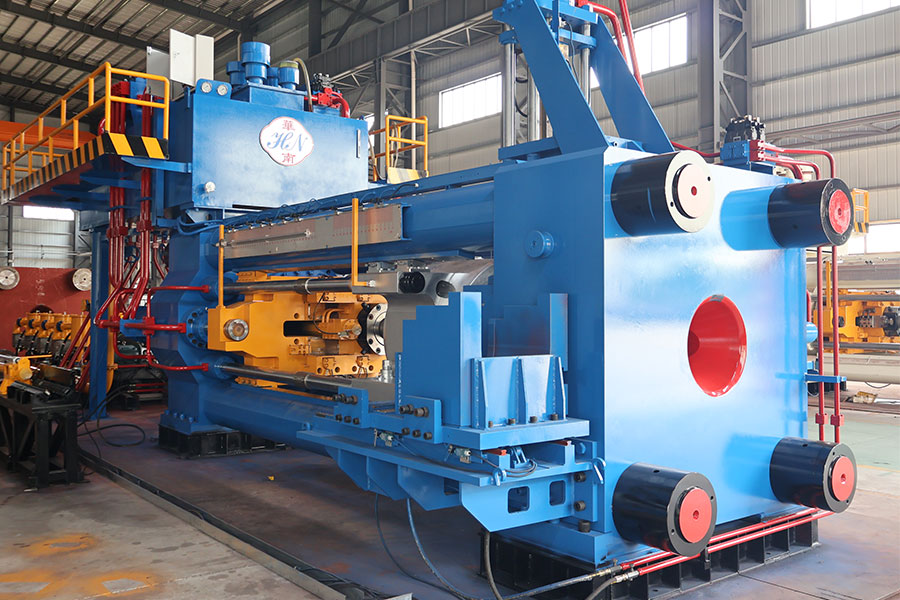November 11, 2024
The process characteristics and advantages of aluminum extrusion molding
In recent years, driven by the demand for miniaturization and lightweight design across various industries, aluminum and its alloys have gained significant popularity due to their excellent malleability, high strength, corrosion resistance, and light weight. As a result, aluminum extrusion products have seen increasing use in fields such as construction, packaging, transportation, electronics, healthcare, and aerospace.
Definition of Aluminum Extrusion
Aluminum extrusion is a forming process where an aluminum alloy billet is placed in a die cavity (or extrusion chamber) and subjected to substantial pressure. This pressure causes the aluminum to undergo directional plastic deformation and flow through the die openings, creating profiles with desired cross-sectional shapes, dimensions, and specific mechanical properties.
Types of Aluminum Extrusion Processes
Aluminum extrusion can be classified into several types based on the metal flow direction relative to the die's motion:
Direct Extrusion: The metal flows in the same direction as the die's movement.
Indirect Extrusion: The metal flows in the opposite direction to the die's movement.
Compound Extrusion: Part of the metal flows in the same direction as the die movement, while the other part flows in the opposite direction.
Radial Extrusion: The metal flows at a 90-degree angle to the die's movement.
Key Features of the Aluminum Extrusion Process
The extrusion process places the metal under intense three-dimensional compressive stress, providing it with better plasticity compared to rolling or forging.
Extrusion allows the production of not only simple shapes (like rods and tubes) but also complex profiles.
It offers high flexibility, as changing a die can enable the production of different shapes, sizes, and types on the same equipment—resulting in a time-efficient and highly adaptable process.
Extruded products exhibit high dimensional precision, excellent surface quality, and improved material utilization.
The process enhances the mechanical properties of the metal.
With a relatively short process flow, extrusion allows the production of large, integrated components in a single step. It requires lower investment in equipment and dies, making it cost-effective.
Aluminum alloys are particularly suited for extrusion, supporting diverse extrusion processes and die structures.
Advantages of Aluminum Extrusion
Enhanced Deformation Capability: Aluminum in the extrusion zone undergoes strong triaxial compressive stress, optimizing its plasticity and allowing significant deformation.
High Product Quality: Extrusion improves the structure and mechanical properties of aluminum. After quenching and aging, extruded products achieve superior longitudinal strength (along the extrusion direction) compared to other processing methods. Extruded products also feature high dimensional accuracy and excellent surface finish.
Wide Product Range: Extrusion can produce simple profiles like tubes, bars, and wires, as well as intricate hollow and solid shapes. It also enables variable cross-sectional profiles that are difficult or impossible to create through other plastic forming methods.
Production Flexibility: Extrusion is highly adaptable, allowing for the production of different products on the same equipment simply by changing the die. This ease of tool change makes it a quick and efficient process.
Simple Process and Low Investment: Compared to other methods like piercing rolling or groove rolling, extrusion has a simpler production process, requires fewer pieces of equipment, and demands lower investment. Huananmachine is professional aluminum extrusion press machine manufacturer,get more details quickly.
